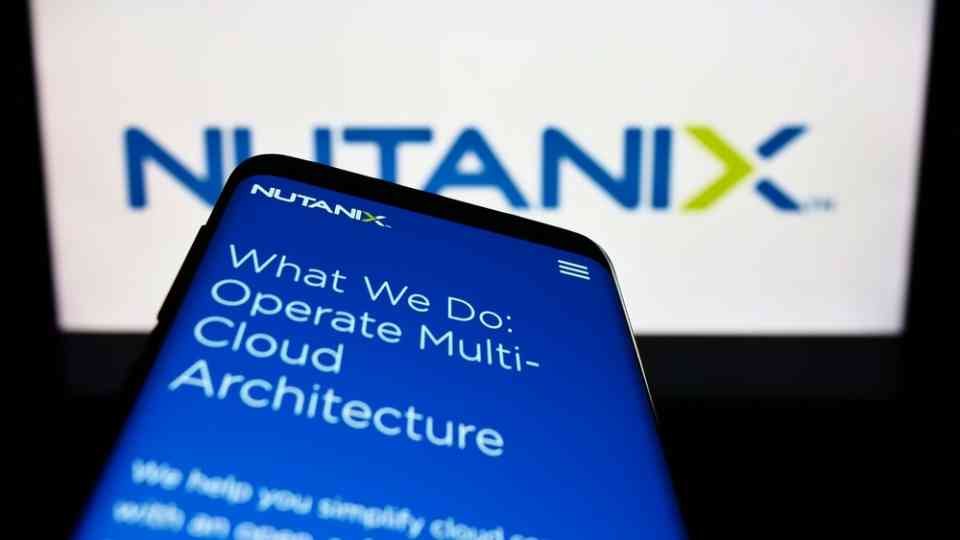Nutanix CEO on Strategic Shifts Amid Broadcom’s VMware Acquisition and Asian Markets

In response to recent developments, including Broadcom’s acquisition of VMware, Nutanix is revising its internal strategies. Nutanix CEO Rajiv Ramaswami emphasized the urgency of these adjustments.
Ramaswami noted that customers were uncertain about the implications of the acquisition, which closed last November. By May, customers had observed changes in pricing, innovation, support, and roadmaps, impacting both customers and partners. This situation has led VMware customers to reconsider their long-term strategies.
Many customers, Ramaswami explained, had signed multi-year agreements with VMware before the acquisition, giving them three to five years to decide on their future course. He pointed out that these customers are assessing the long-term risks and considering their options, hoping for stability by the time their renewals come up.
Ramaswami observed that hardware refreshes are often necessary for customers transitioning from VMware to Nutanix. Nutanix is working to streamline this process, recognizing that migrations typically align with hardware refresh cycles. He explained that while Nutanix can currently run on existing hardware and VSAN-ready nodes, there are plans to support external storage areas with their hypervisor over time.
Nutanix’s AHV (Acropolis Hypervisor) is evolving to include external storage support, a shift driven by the increasing demand to replace VMware hypervisors. Ramaswami emphasized that this new priority addresses the changing market dynamics.
In January, Nutanix acquired the D2iQ Kubernetes Platform (DKP), enhancing its containerization management capabilities. Ramaswami highlighted two key benefits of this acquisition: a mature management operations platform and credibility in the open-source community, thanks to D2iQ’s role in founding the Cloud Native Computing Foundation. Post-acquisition, Nutanix integrated its Kubernetes team with D2iQ’s engineers and established a specialized sales force for Kubernetes.
Ramaswami identified three areas where Nutanix is leveraging AI. The first is running customer applications; the second involves internal uses of GPT for efficiency, productivity, and automation, particularly in support operations. The third area focuses on product enhancements, using telemetry data from customers to generate actionable insights.
In terms of regional focus, Ramaswami acknowledged that Asia is still an emerging market for Nutanix compared to Europe and the Americas. However, significant growth is being seen in India, where Nutanix is outperforming the country’s GDP growth rate. Japan and Singapore are also considered key markets within the region. Despite its relatively small overall contribution, Nutanix is optimistic about its growth prospects in Asia.
Nutanix’s strategic adjustments and focus on innovation and customer needs are setting the stage for future growth, especially in emerging markets.
Have you read?
Best CEOs.
Best Companies.
Richest People (Billionaire).
Richest Women (Billionaire).
Richest in Each Country (Billionaire).
Bring the best of the CEOWORLD magazine's global journalism to audiences in the United States and around the world. - Add CEOWORLD magazine to your Google News feed.
Follow CEOWORLD magazine headlines on: Google News, LinkedIn, Twitter, and Facebook.
Copyright 2025 The CEOWORLD magazine. All rights reserved. This material (and any extract from it) must not be copied, redistributed or placed on any website, without CEOWORLD magazine' prior written consent. For media queries, please contact: info@ceoworld.biz








